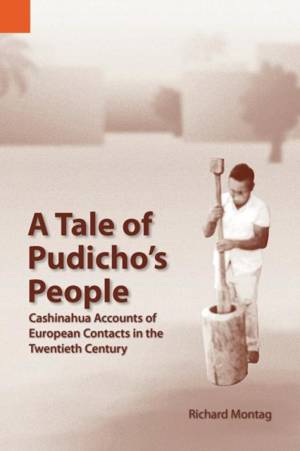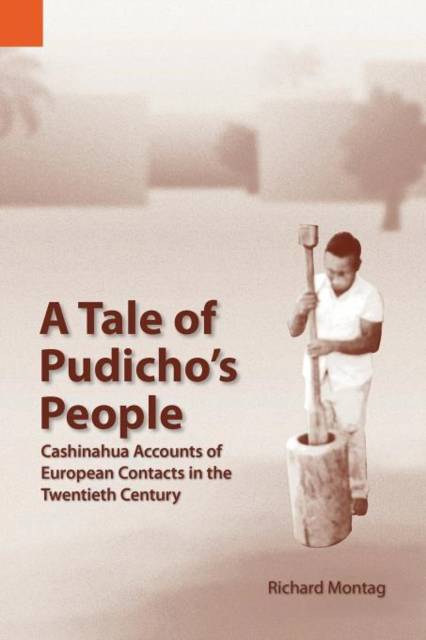
Door een staking bij bpost kan je online bestelling op dit moment iets langer onderweg zijn dan voorzien. Dringend iets nodig? Onze winkels ontvangen jou met open armen!
- Afhalen na 1 uur in een winkel met voorraad
- Gratis thuislevering in België vanaf € 30
- Ruim aanbod met 7 miljoen producten
Door een staking bij bpost kan je online bestelling op dit moment iets langer onderweg zijn dan voorzien. Dringend iets nodig? Onze winkels ontvangen jou met open armen!
- Afhalen na 1 uur in een winkel met voorraad
- Gratis thuislevering in België vanaf € 30
- Ruim aanbod met 7 miljoen producten
Zoeken
A Tale of Pudicho's People
Cashinahua Accounts of European Contacts in the Twentieth Century
Richard Ohnmeis Montag
€ 48,45
+ 96 punten
Omschrijving
Early in the twentieth century a group of Cashinahua migrated from Brazil to Peru to escape the turmoil of the rubber boom era. Dr. Richard Montag provides first-hand accounts of the experiences of members of this group. Pudicho, a retired headman and the primary source for the accounts, reports his boyhood experiences, the migration, and more recent happenings. Montag worked with him for about eight years, recording, transcribing, and analyzing the accounts. He also worked with Pudicho's son and two nephews and so was able to bring the accounts up to 1994. Richard Montag and his wife Susan began living among the Cashinahua in 1969, at which time the group was monolingual. The accounts of this work are one aspect of the Montags' study of the language and culture and were the basis of his Ph.D. dissertation. The Cashinahua live on various rivers and streams at the headwaters of the Juruá and Purús rivers in Brazil and Peru. Montag's study makes it possible for readers to visualize events and cultural practices that very few outsiders have ever had the privilege of observing.
Specificaties
Betrokkenen
- Auteur(s):
- Uitgeverij:
Inhoud
- Aantal bladzijden:
- 182
- Taal:
- Engels
- Reeks:
- Reeksnummer:
- nr. 38
Eigenschappen
- Productcode (EAN):
- 9781556711312
- Verschijningsdatum:
- 1/08/2002
- Uitvoering:
- Paperback
- Formaat:
- Trade paperback (VS)
- Afmetingen:
- 152 mm x 229 mm
- Gewicht:
- 249 g

Alleen bij Standaard Boekhandel
+ 96 punten op je klantenkaart van Standaard Boekhandel
Beoordelingen
We publiceren alleen reviews die voldoen aan de voorwaarden voor reviews. Bekijk onze voorwaarden voor reviews.











